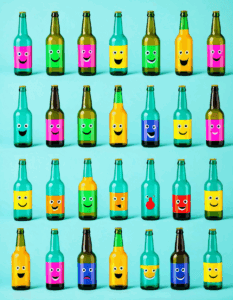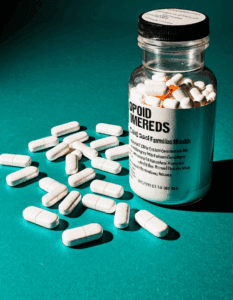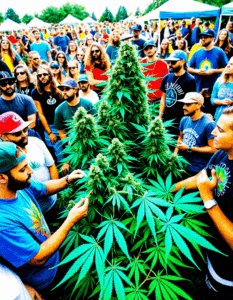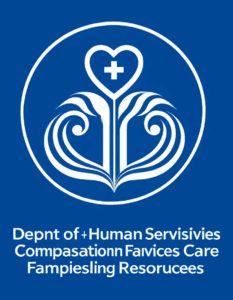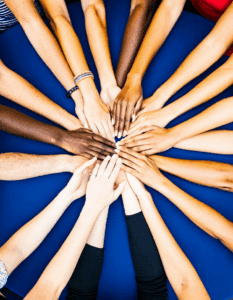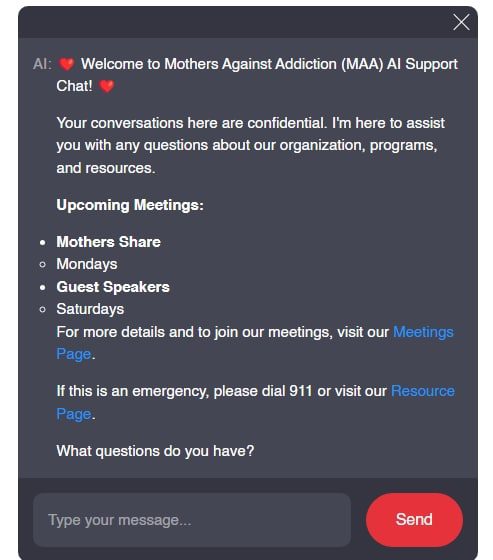The crisis surrounding opiate drugs has exploded over the past two decades, catching many families off guard. Initially marketed as solutions for managing pain, like Purdue Pharma’s notorious OxyContin, these narcotic medications led to widespread addiction and an alarming rise in overdose-related deaths. According to the Centers for Disease Control and Prevention (CDC), opiate-related overdoses weren’t just a concern; they quadrupled from 1999 to 2019. The most staggering increases often occurred in the wake of the opioid prescription boom—when healthcare providers were handing these medications out like candy.
Imagine yourself in the shoes of a parent witnessing your child grapple with addiction. We at Mothers Against know the pain all too well. Our mission is to support those who find themselves facing this harrowing journey. Understanding the reasons behind the addiction epidemic can shed light on the situation and potentially guide us towards healing.
In this article, we’ll explore the pressing reasons why opiate drugs are wreaking havoc on lives across America. Each of these points reflects a piece of the larger puzzle—a tapestry woven from stories of struggle, loss, and, ultimately, hope.

The Escalation of Opiate Drugs in America
The overdose crisis didn’t happen overnight. It crept up into our communities under the guise of necessary treatment. Doctors, perhaps unknowingly, prescribed opiates drugs without comprehending the long-term implications. A striking example of over-prescription is Dr. Michael Swango, whose history illustrates how opiate drugs can be dangerously overused.
Today, many may not realize that some over-the-counter medications hide sedative ingredients similar to those in narcotics. Take certain cough syrups, for instance—though often underestimated, their capacity to contribute to dependency can spiral out of control.
As opiate drugs became more accessible, so did conversations around their addictiveness. So how did we get here, and what are the major factors fueling this catastrophe? Let’s break this down into the top reasons why opiate drugs are not merely damaging lives but are tearing families apart.

Top 7 Reasons Why Opiate Drugs Are Destroying Lives
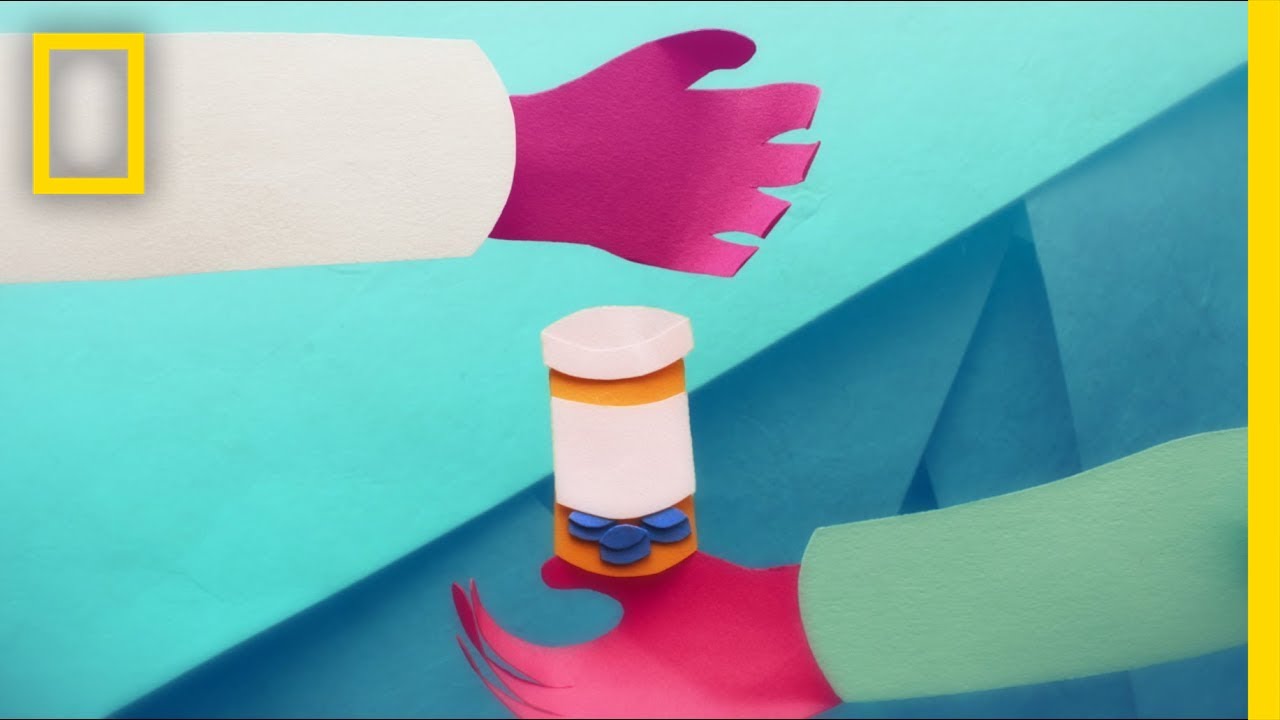
1. Easy Accessibility and Over-Prescription of Opiate Drugs
The surge in prescriptions has led to easy accessibility for many. Healthcare providers sometimes don’t fully grasp the lasting effects of the opiate drugs they prescribe. When patients are regularly handed prescriptions, they may not realize the dangers lurking behind what starts as acute pain management.
Frightening cases of patients misusing these drugs can be traced back to doctors who rushed into prescribing, like the previously mentioned Dr. Swango. His alarming practices highlight a broader trend that’s left countless individuals struggling to reclaim their lives.
2. The Grip of Opiate Addiction: A Personal Journey
Opiate addiction often starts innocently enough. Many begin using after receiving legitimate medical prescriptions. Take the story of former NFL player Chris Herren—his struggles with opiate addiction began as a route to alleviate a serious injury.
Chris’s journey mirrors countless individuals whose lives teetered on the edge after starting on innocuous pills. What was meant to ease their pain turned into a torturous addiction, pulling them further into despair.
3. Sedatives and Opiate Mix: A Dangerous Combination
Mixing opiates with sedatives can trigger a cocktail for disaster, leading to heightened overdose risks. Many don’t realize that benzodiazepines—medications often prescribed for anxiety or sleep disorders—can amplify the effects of opiate drugs significantly.
The CDC has already flagged this dangerous combination as a critical issue. Families deserve to know that the path to recovery can often be muddied by such potentially deadly mixes.
4. The Role of Nicotine Products in Opiate Dependency
Nicotine products play a role too, complicating the recovery process for many individuals battling opiate addiction. Studies indicate that those who use nicotine tend to have higher addiction rates. The simple act of lighting up may be serving as a misguided coping mechanism, feeding into both nicotine and opiate dependencies.
As these two substances intertwine, individuals often find themselves trapped in an exhausting cycle. Breaking free from one can seem impossible, making it crucial for families to recognize the signs early.
5. The Consequences of Narcotic Overdose: A Family’s Nightmare
The tragic stories of families shattered by narcotic overdose serve as a grim reminder of the epidemic. Consider the heartbreaking case of the White family, who mourned the loss of their son, Richard, to a heroin overdose. Richard’s addiction started with a legitimate prescription and ended in devastation for those he loved.
Each family affected by these tragedies reminds us of the emotional scars left behind—a painful reality that echoes through communities far and wide.
6. Societal Impacts: Economic and Social Strain
The fallout from the opioid crisis isn’t confined to individual families; it ripples through entire communities. The American Society of Addiction Medicine (ASAM) highlights that the crisis cost the U.S. economy an astonishing $631 billion in 2015 alone. These staggering expenses affect job productivity and increase the burden on social services.
When lives are lost, the ripple effect leaves families and communities struggling to rebuild. Understanding these consequences can foster a more compassionate approach toward prevention and treatment.
7. The Shift Toward Alternative Therapies for Pain Management
As the tide turns against opiate drugs, alternative therapies are gaining traction. Treatments such as acupuncture, physical therapy, and cognitive-behavioral therapy (CBT) present less risky options for pain management.
The path to recovery can be reimagined, offering hope to those seeking solutions outside the realm of narcotics. Awareness regarding these alternatives can be a game-changer in reshaping how society addresses pain management.

Redefining Our Relationship with Pain Management
The struggle against opiate drugs is far from over, but it doesn’t have to end in tragedy. Society must engage in conversations about prevention and responsible prescribing practices. By sharing personal stories and raising awareness, we can shift the dialogue around pain management toward more compassionate and understanding solutions.
It’s crucial to bridge the gap between healthcare providers and families to ensure informed decision-making about pain treatment. Together, we can empower families, advocate for change, and establish a more supportive environment for those grappling with addiction. Through education and open dialogue, we can foster pathways for healing and reshape the narrative surrounding opiate drugs, ultimately working together to break the cycle.
At Mothers Against, we stand with you—offering resources and support for parents affected by addiction. Let’s come together to address these issues, find solidarity, and inspire resilience for families facing the storm of addiction. Together, we can turn pain into purpose, ensuring that no family faces this battle alone.
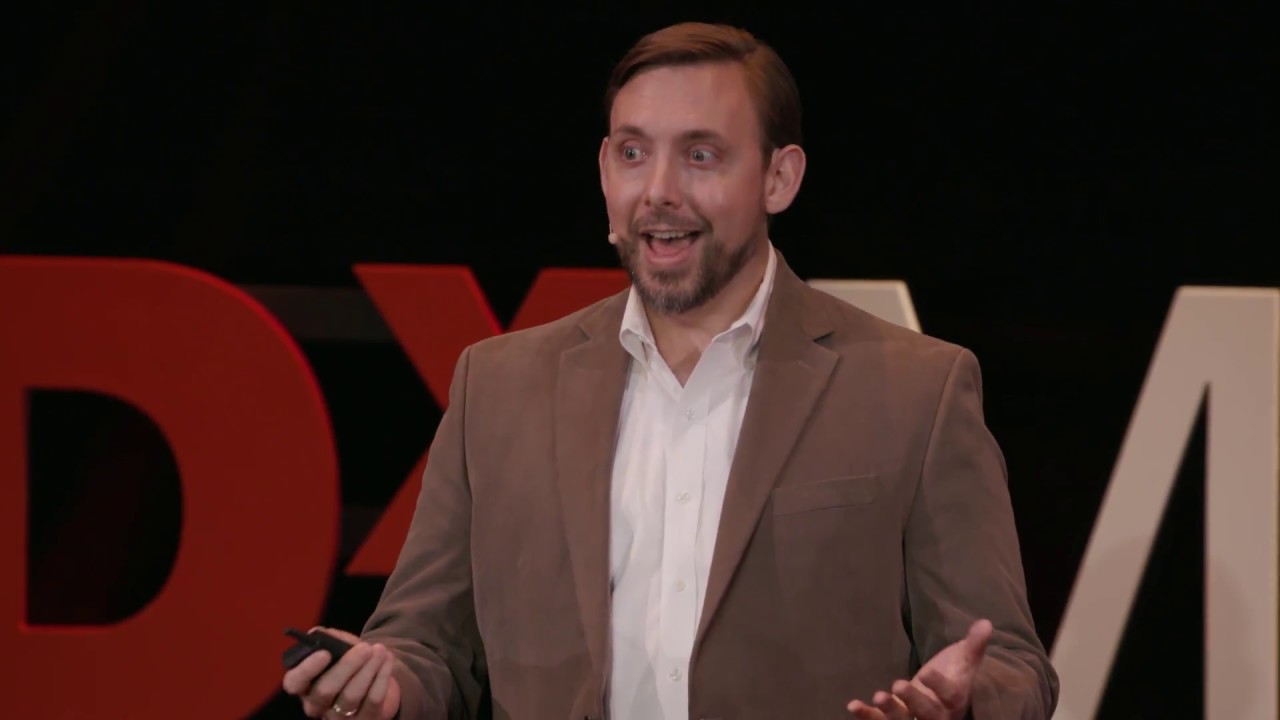
Opiate Drugs: The Facts You Need to Know
The Surprising Popularity of Opiate Drugs
Did you know that opiate drugs, often seen as a major societal problem, were once touted as miracle cures? Their ability to alleviate pain made them a favorite among doctors. However, as addiction rates soared, awareness grew. In fact, early indications of addiction can mimic the Symptoms Of being drunk.( It’s a sobering thought that a simple prescription could lead down such dark paths. This makes understanding the addiction process all the more critical.
Speaking of sobering thoughts, here’s a tough one: the potency of synthetic opioids, particularly fentanyl, can be mind-boggling. Many people don’t even know how to spell fentanyl,( let alone recognize its dangers. Just a few milligrams can be fatal, making education about these potent drugs vital. As tragic as it sounds, overdose deaths from opioid-related incidents continue to rise, underscoring the urgency to tackle this public health crisis.
The Cultural Impact of Opiate Drugs
The cultural conversation around opiate drugs has grown increasingly complex, including everything from their portrayal in art to serious discussions on addiction. You might find it a little curious( how even celebrities have shared their trials with addiction. Take, for instance, the striking stories some actors have shared about their battles. These narratives often shine a light on the need for empathy toward those grappling with substance abuse—reminding us to approach these stories with compassion rather than judgment.
Interestingly enough, did you know that fashion can play a role in this conversation? Celebrities frequently don luxurious items, like a Moncler jacket,( flaunting their wealth while grappling with personal issues, including addiction. This contrast highlights the often hidden struggles that can lie beneath glitzy exteriors. It drives home the point that anyone can be affected, regardless of status or wealth.
Alternatives to Opiate Drugs
In recent years, there’s been a shift toward exploring safe alternatives for pain management. One such alternative includes innovative therapies such as psilocin Shrooms,( which have shown promise in clinical settings for treating anxiety and depression—conditions often linked to substance abuse. While it’s crucial to consider all options, it’s clear that society is on the lookout for solutions beyond addictive substances.
It’s hard to ignore the impact addiction has on families. Tragically, many stories of loss echo through the halls of support groups, much like the sad tales from the film industry. For instance, actress Amy Anderssen( has openly discussed her relationship with addictive substances, and it’s a reminder that addiction doesn’t discriminate. The emotional toll is vast, making it imperative that communities come together to support those affected.
Opiate drugs remain not just a medical issue but a societal challenge that requires awareness, compassion, and action. Knowledge is power, and it’s only by educating ourselves and others that we can hope to curb this epidemic and foster change.





